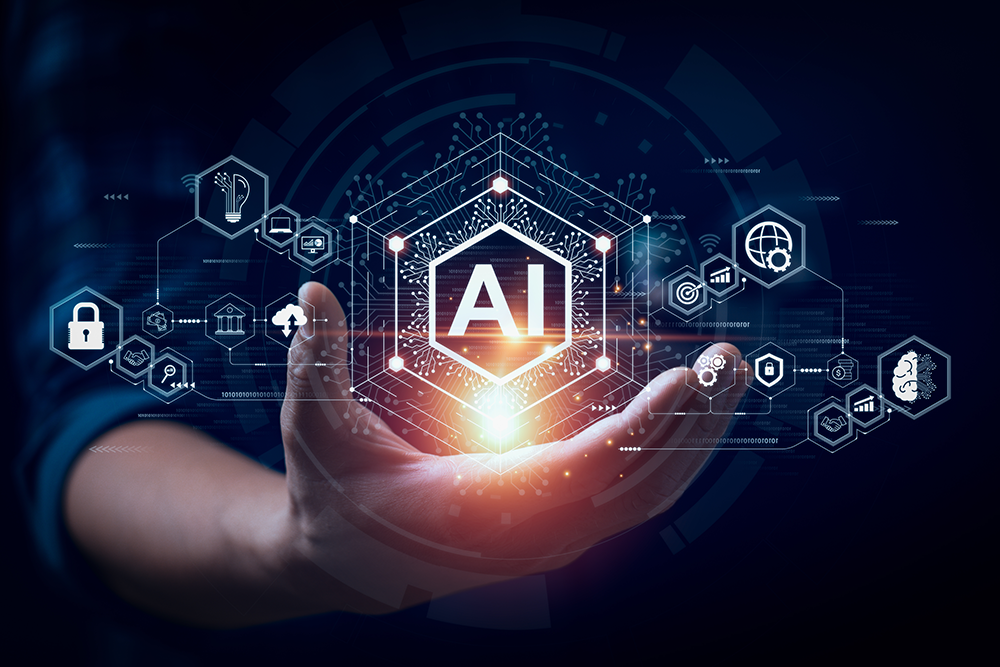How to detect AI success in business enhancement

Is AI helping us to make better decisions? – We should understand whether the insights we’re getting from AI are guiding us towards achieving strategic objectives, identifying opportunities, and taking quicker and more effective actions.
What is the level of buy-in? – Our AI initiatives should be fostering a cultural adoption of AI both internally in our organization and among our customers.
Are we using AI to improve our customer experience and value? – From improving the quality of our products and services, to streamlining customer journeys, to lowering our prices, to enhancing customer service. In short, are our AI projects making our customers’ lives better?
Is AI helping us make measurable improvements and progress toward our goals? – This helps us understand whether AI is driving the success we want it to. Progress here helps us know that AI is aligned with strategic goals.
Are we implementing AI projects on time and within budget? – It’s essential to demonstrate effective planning and resource management around AI projects.
Is AI helping us achieve ESG goals? – Last but certainly not least, are our AI initiatives enabling us to improve energy efficiency, reduce waste, promote equality and diversity and support ethical practices? Stakeholders, including customers and investors, are increasingly prioritizing these factors, and we’re swiftly moving towards a world where they aren’t just “nice-to-haves”!
Measurable Success – Vital KPIs For AI Projects
The key to ensuring we can answer these questions accurately is monitoring the right metrics and indicators. Some of the key data points that you should be tracking are:
Return on Investment (ROI) – Simply put, your AI initiatives or projects need to be delivering benefits that justify the expense.
Adoption rate—What percentage of customers or employees are using your AI tools? A high score here means people trust your initiatives and find them useful.
Customer experience metrics – Customer satisfaction scores, churn rates, net promoter scores, and social engagement scores are all metrics that can indicate how your AI projects impact customer experience.
Time-To-Value (TTV) – How long does it take for your AI projects to produce meaningful results?
Model accuracy and efficiency – Technical metrics allow you to judge whether or not your AI is performing the tasks you need it to do. Some examples of these metrics are accuracy, precision and recall, F1 Score, ROC AUC score and Confusion Matrix scores.
Operational efficiency metrics – measuring the impact of AI on the amount of waste that is created, human hours per task completed, product defect rates and production cost-per-unit.
Building A Culture Of Ongoing Assessment And Iterative Improvement
We’ve identified key questions and the metrics we need in order to answer them, but this is only the start of the journey.
Becoming a successful AI-driven organization means continuously measuring progress, refining business and AI strategies in tandem, and iteratively improving models and processes as both the organization and the world it operates in evolve.
Another priority is continuously evaluating new technologies, tools and models as they become available practically daily. We’re in the very early days of the AI revolution, and the tools available tomorrow will make today’s tools look like children’s playthings. How the efficiency gains that can be achieved from switching to new and updated tools are offset against the costs and challenges of upgrading also needs to be measured and assessed.
There should also be processes in place to share the outcomes of your assessments. Ensuring stakeholders are kept informed on AI’s successes and, just as importantly, its failures is vital for building trust and fostering buy-in. This openness and transparency are an important part of developing the AI-positive culture you need for innovation to truly flourish.
By following these principles, businesses can begin to build a framework to accurately assess the impact of their AI initiatives. This will help them build a culture of ongoing, continuous improvement, which is needed for success.




